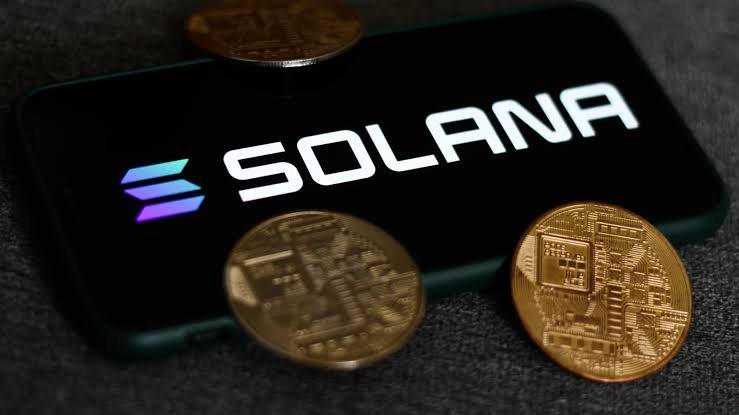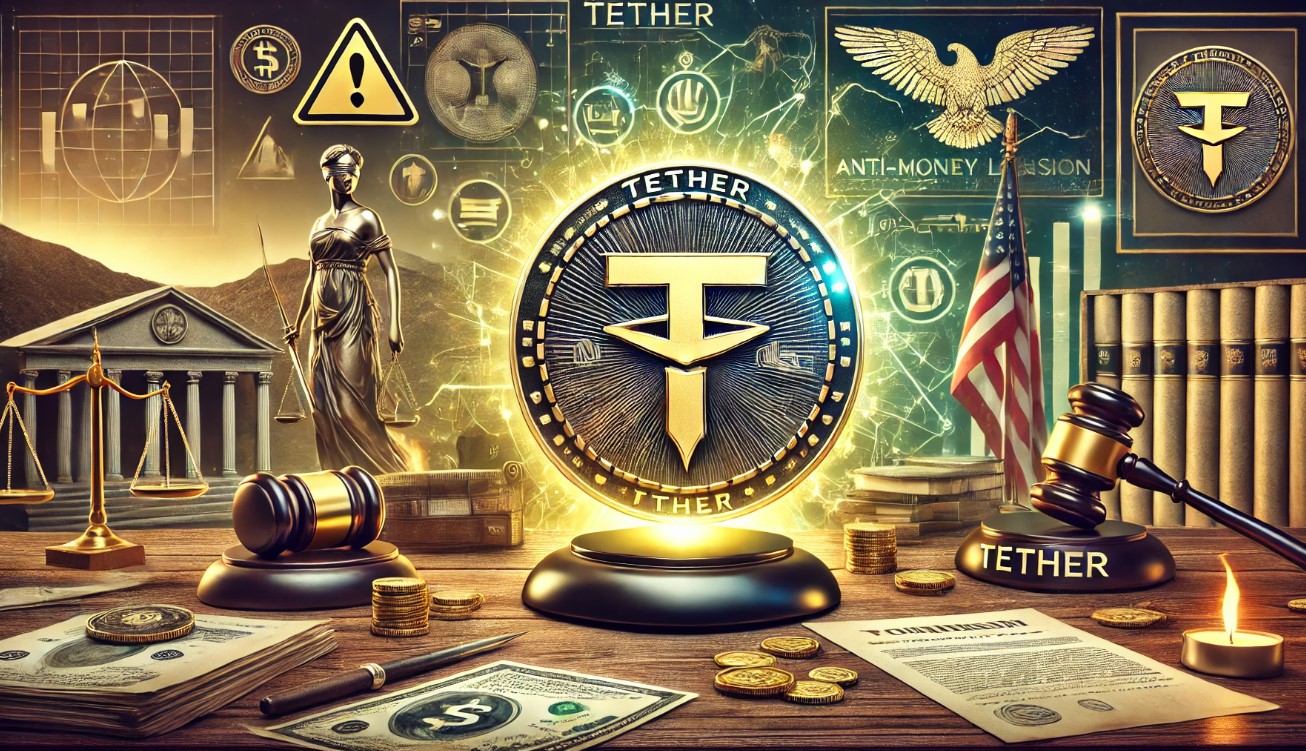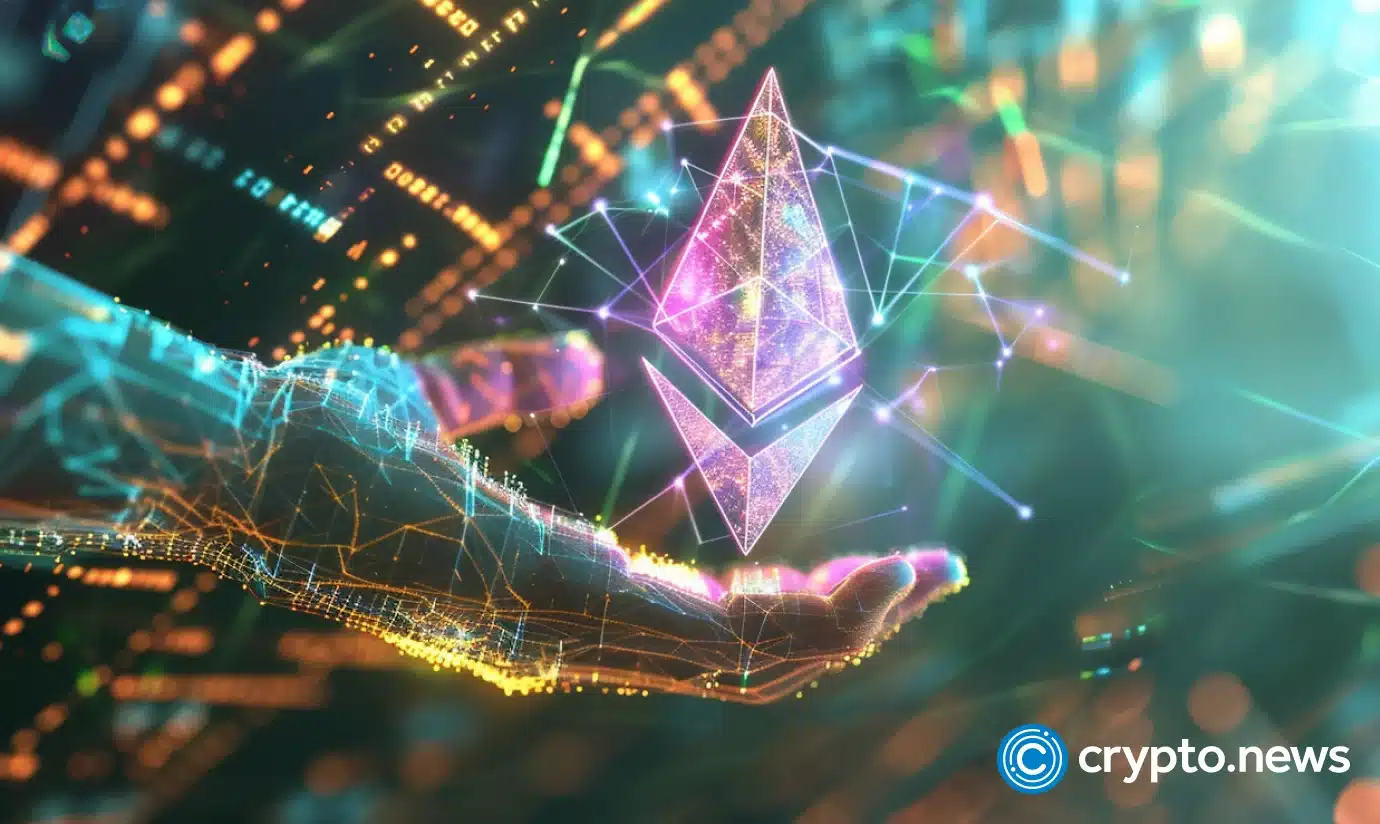XRP, the token linked to RippleNet’s global payment network, remains a significant cryptocurrency that hasn’t yet regained its previous all-time high of $2.70. As Bitcoin sees recent price surges, investors are eyeing XRP price for its unique banking-oriented design. Priced currently just above $0.50, this token offers a potential opportunity in the crypto space. But is now the time to invest in XRP? Let’s dive into XRP’s value, performance, and the challenges it faces to help you decide.
 By TradingView - XRPUSD_2024-11-08 (5D)
By TradingView - XRPUSD_2024-11-08 (5D)XRP Strengths: A Unique Value Proposition
Unlike most cryptocurrencies geared toward the general public, XRP targets institutional transactions. While anyone can buy XRP, its primary use is to streamline transactions between banks and financial institutions. Launched in 2012, XRP was developed to address perceived inefficiencies in Bitcoin, such as slow transaction speeds, high costs, and environmental impact.
 By TradingView - XRPUSD_2024-11-08 (1D)
By TradingView - XRPUSD_2024-11-08 (1D)1- Speed: XRP Transaction Edge
XRP transactions are exceptionally fast, taking only a few seconds. This is a significant advantage over Bitcoin’s 10-minute transaction times and SWIFT’s days-long settlement period. Speed makes XRP an appealing choice for financial institutions looking for efficient cross-border payment solutions.
2- Low Cost: XRP Saves on Transaction Fees
While Bitcoin’s transaction fees can soar as high as $20-$30, RippleNet transactions cost only a fraction of a cent. For large-scale cross-border payments, XRP’s cost efficiency translates to approximately 60% savings compared to SWIFT’s fees, making it an attractive option for banks.
3- Scalability: XRP Handles Higher Transaction Volumes
Bitcoin processes only a limited number of transactions per second, whereas RippleNet can handle up to 1,500, with potential for further optimization. This scalability is a critical feature for supporting a high volume of bank transactions across the network.
4- Sustainability: XRP Eco-Friendly Advantage
With Bitcoin facing scrutiny for its massive energy usage, XRP provides a more eco-friendly solution. While Bitcoin’s network consumes as much power annually as some countries, RippleNet operates with the energy consumption equivalent of about 50 households per year, adding to XRP’s appeal as a green alternative.
XRP Challenges: Centralization Concerns
Despite its strengths, XRP faces obstacles. The cryptocurrency community prioritizes decentralization, but XRP’s centralization has raised concerns. Ripple Labs, the company behind XRP, holds around $50 billion XRP in escrow, which some investors view as too much-centralized control. Further, the ongoing legal battle with the U.S. Securities and Exchange Commission (SEC), which claims XRP is a security, adds to the uncertainty around XRP’s future.
Moreover, banks using RippleNet aren’t required to hold XRP itself, which could undercut its main value proposition. Without direct bank reliance on XRP, widespread adoption of the token remains uncertain.
 By TradingView - XRPUSD_2024-11-08 (YTD)
By TradingView - XRPUSD_2024-11-08 (YTD)Buy XRP NOW?
Although XRP’s low price might appear appealing, there may be better alternatives in the crypto space. XRP brings impressive speed and efficiency but lacks the widespread bank adoption that would drive its demand. While the banking industry finds value in RippleNet, XRP itself has yet to see significant usage. Other cryptocurrencies, like Bitcoin, may offer stronger investment opportunities. Even at under $0.60, potential investors might want to consider other options.
 By TradingView - XRPUSD_2024-11-08 (All)
By TradingView - XRPUSD_2024-11-08 (All)
















 English (US) ·
English (US) ·